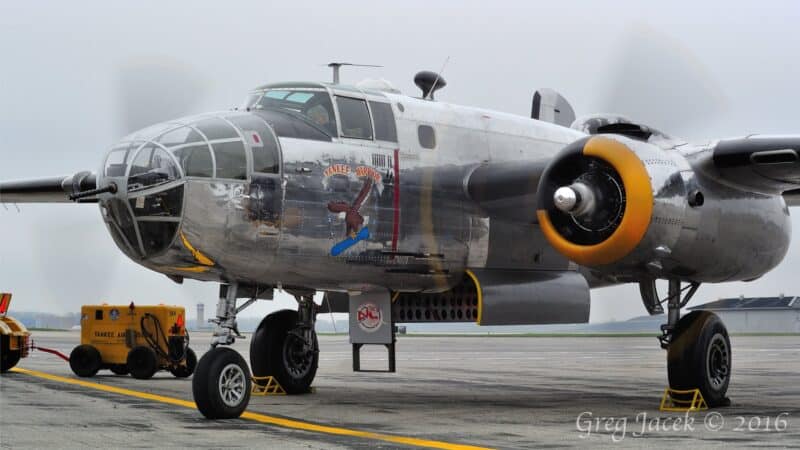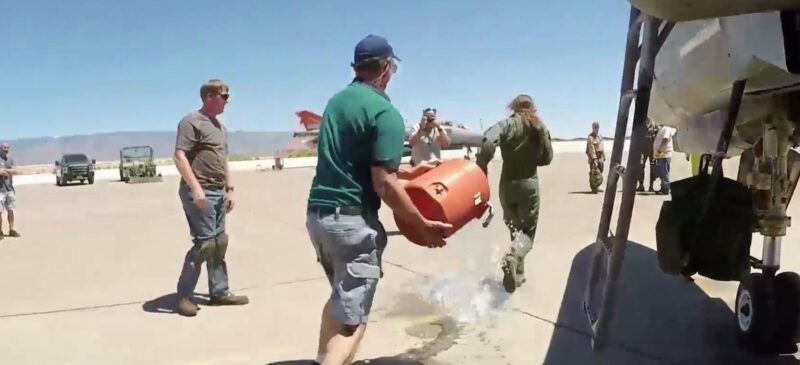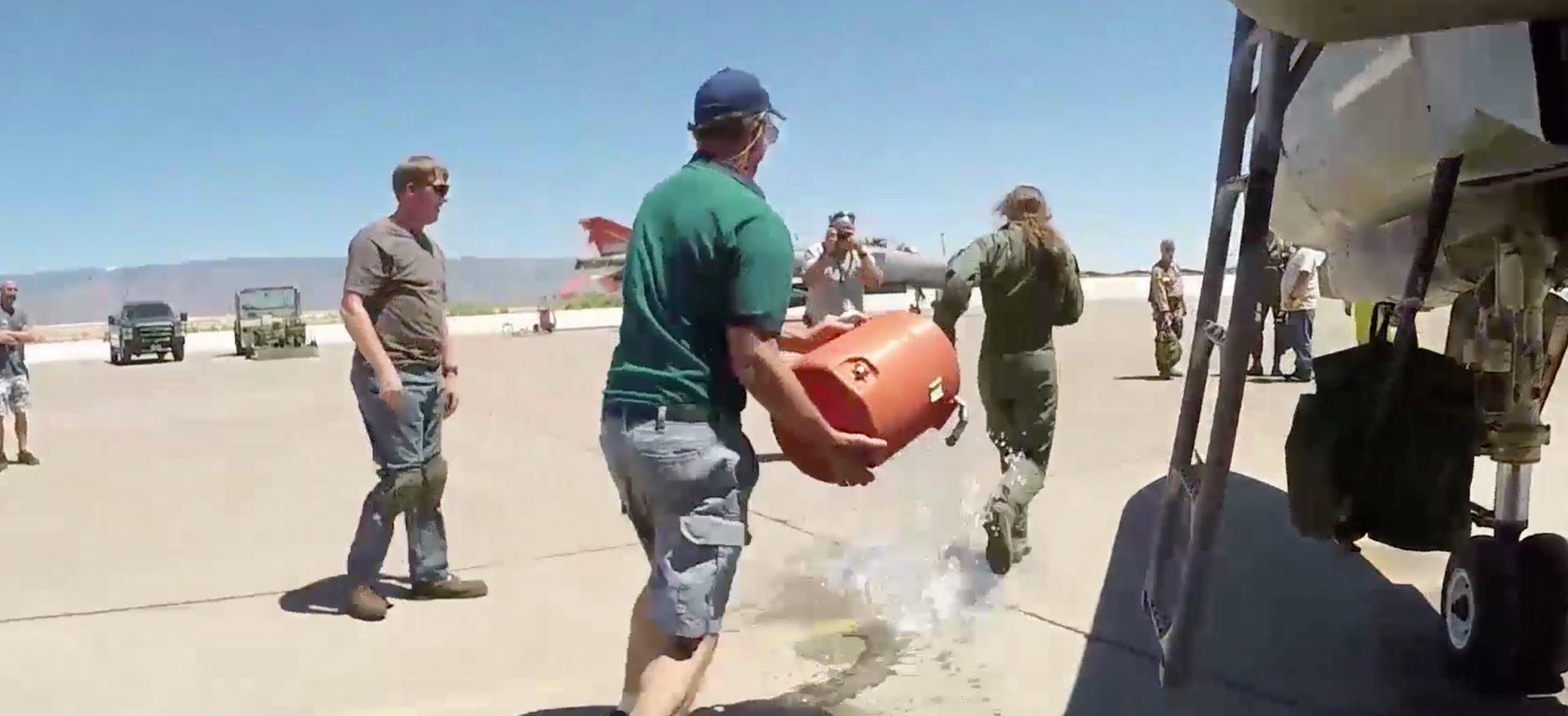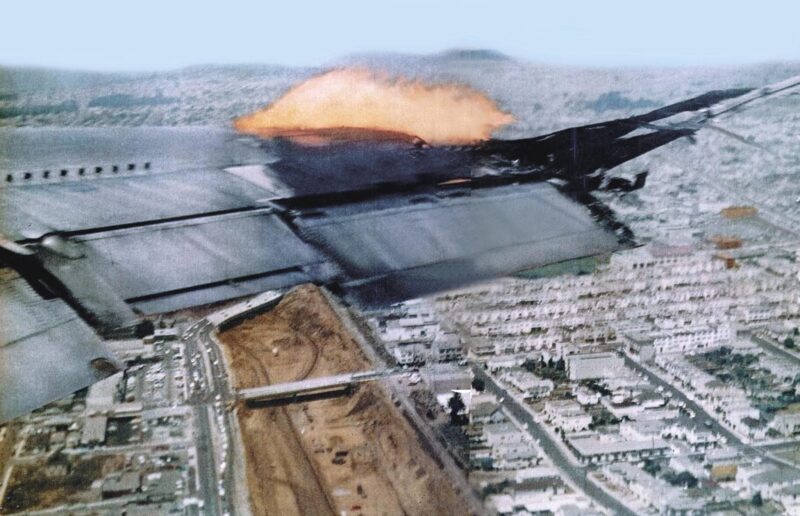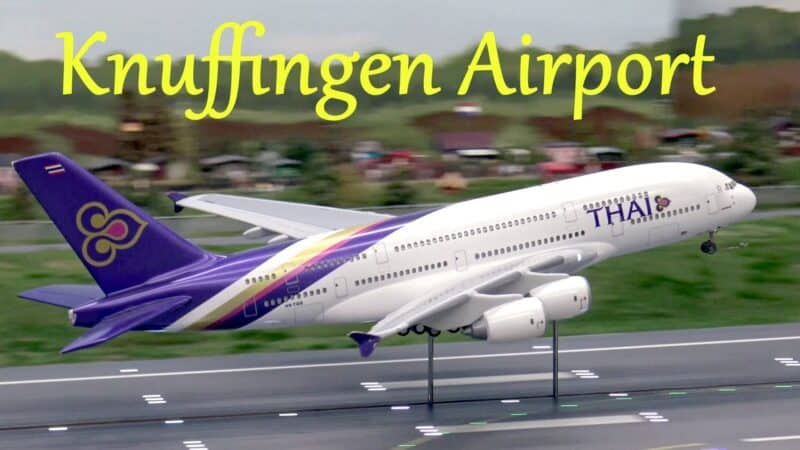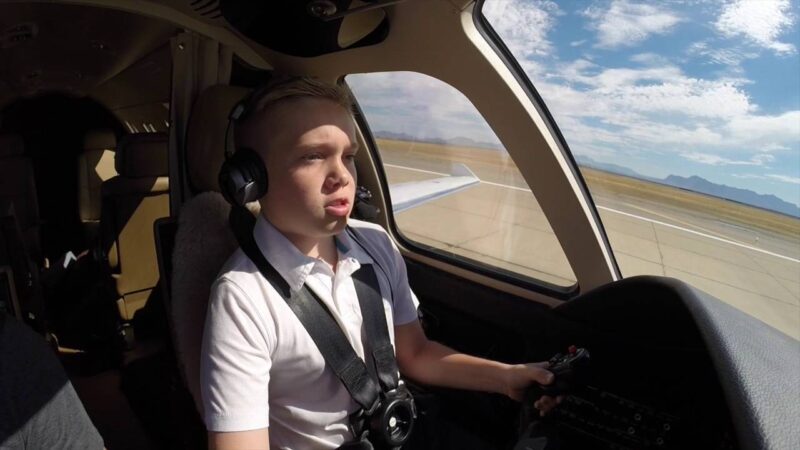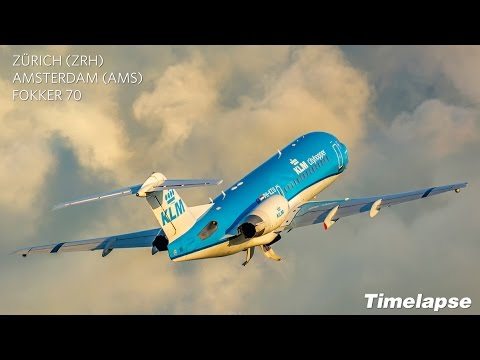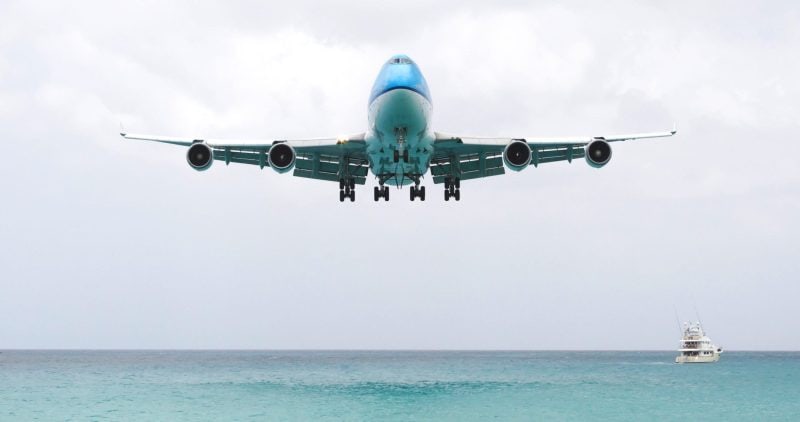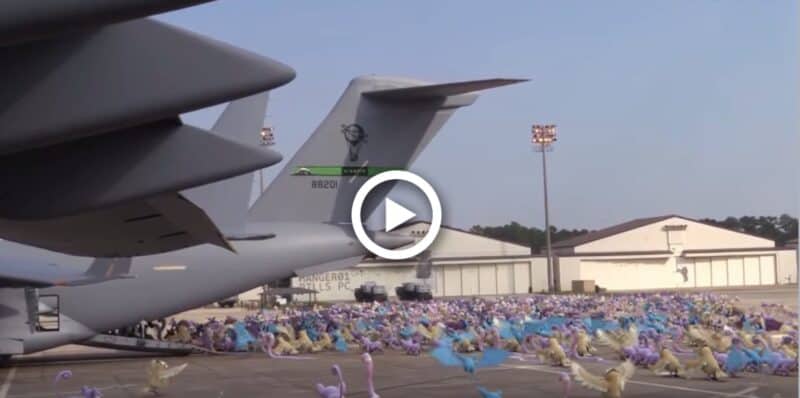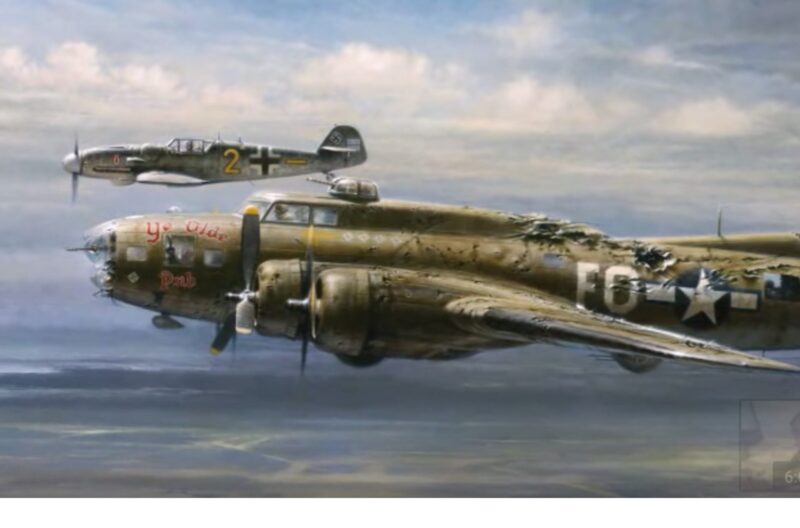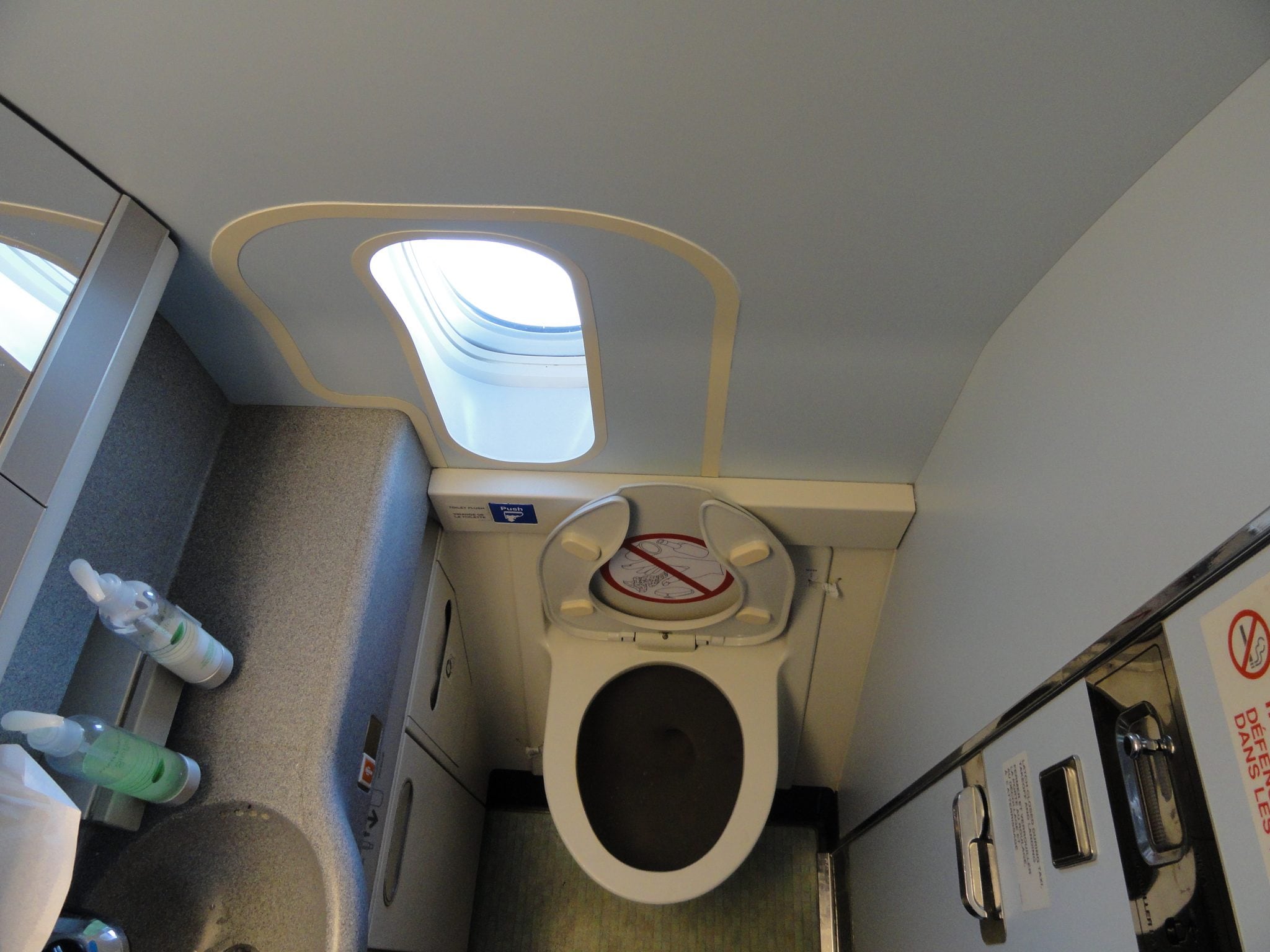Think of how many amazing warriors of the sky once heard the same sound.
The mighty B-25 Mitchell is one amazing aircraft. It’s first claim to fame in World War II was the Doolittle Raid on Japan. It was far from the last. Over the next few years, the B-25 racked up successful raids in both theaters morphing into a gunship then back to a medium bomber. The B-25 was a very effective bomber. It could carry over 5,000 lbs of bombs with a standard range of 1,200 miles. Over 10,000 B-25s were built between 1939 and 1945.
Today there are over 100 airworthy B-25s. This particular B-25 is known at the Yankee Warrior that belongs to the Yankee Air Museum in Michigan.
About the Yankee Air Museum:
The Yankee Air Museum was founded in 1981 as a non-profit organization to restore and maintain World War II era aircraft. The museum’s most iconic aircraft include the B-17 Yankee Lady and B-25D Yankee Warrior. In 2004, the museum suffered a catastrophic loss. All of the museum artifacts were destroyed as well as some of the planes in restoration. Only the three of the flyable aircraft (B-17, B-25 and C-47) survived. In 2009, the Yankee Air Museum purchased a building from the Michigan Institute of Aviation and Technology (MIAT), and the museum re-opened to the public in October of 2010. In 2013, the Yankee Air Museum placed offers to purchase and restore a section of the Willow Run Bomber Plant (former GM Powertrain) as a permanent home for the museum. During World War II, this building housed production of B-24 aircraft and earned a place in aviation history.
[youtube id=”GyPpDznUKfk” width=”800″ height=”454″ position=”left”]

